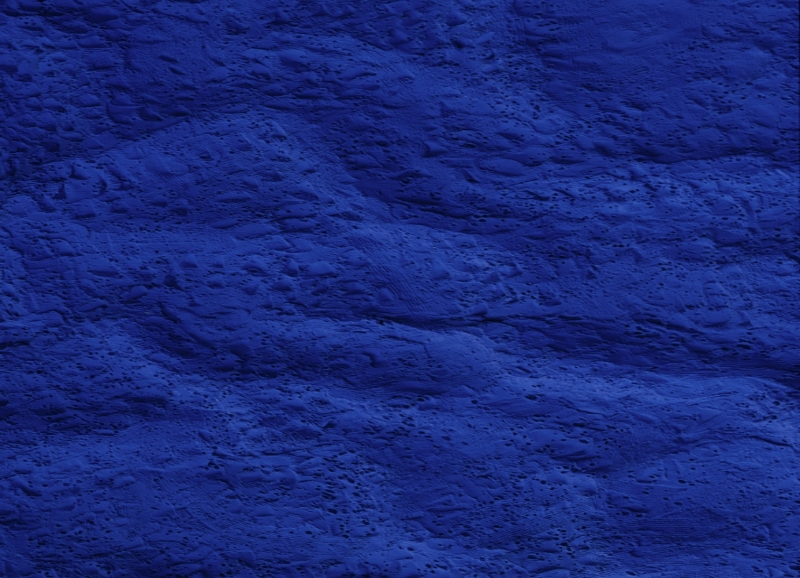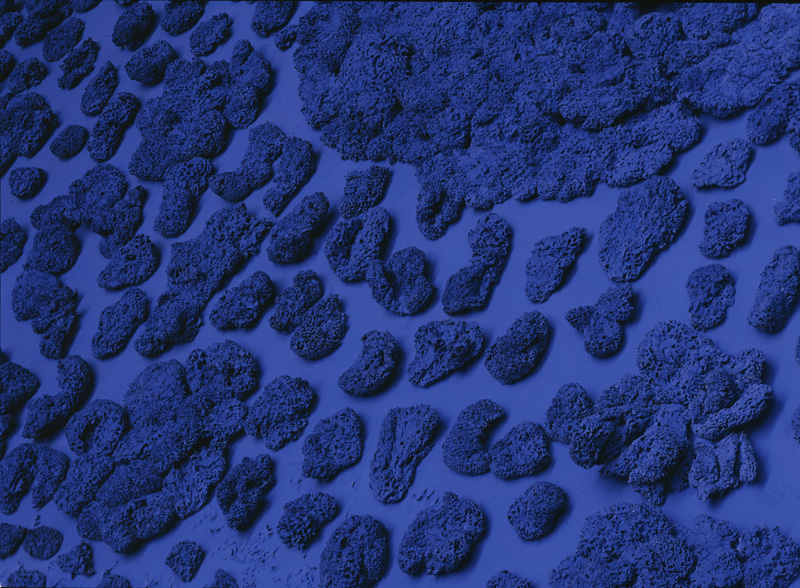IKB, "International Klein Blue", first defined by Yves Klein in 1960.
Yves Klein, the progenitor of a new artistic realization that has been unfolding in the Western world since the late 1950s, is the chief architect behind a brilliant hue of blue known as International Klein Blue. This blue became one of the subjects and media through which Klein expressed his aesthetic purpose, creating a sort of lens through which to view art. Yves had a belief that each color possessed individuality as specific and potentially as varied as a species might possess. His aspiration was to have his audience immersed in intentional color that was more than beautiful, but also spiritual and moving in nature.
His first “public gesture” at presenting his ideas came with the publication of two seminal works, Yves Peintures and Haguenault Peintures in 1954. The experience is a collection of ten blue monochrome “color plates”, each stating its dimensions, city, and country of origin. These two works began to garner Yves acknowledgement in the abstract community. His journey over the next two years would be one of self identification to establish a rigor for the future and develop his artist posture, consequentially sparking the blue era in 1957.
During this time, Yves’ blue and concept of the void resonated with museums and subscribers of the avant-garde all over the world. His next major achievement in spreading the message of color was landing a spot on the art commission for the new opera house in Gelsenkirchen, Germany, 1959. Yves became inspired by sponges during his tenure, learning to evoke the natural responses materials had with his color mixtures. What came to life were four, ten meter tall relief-sponges and two seven by twenty meter monochromes in IKB blue, also covered in sponges. These were installed in the Gelsenkirchen Opera House to much acclaim.







